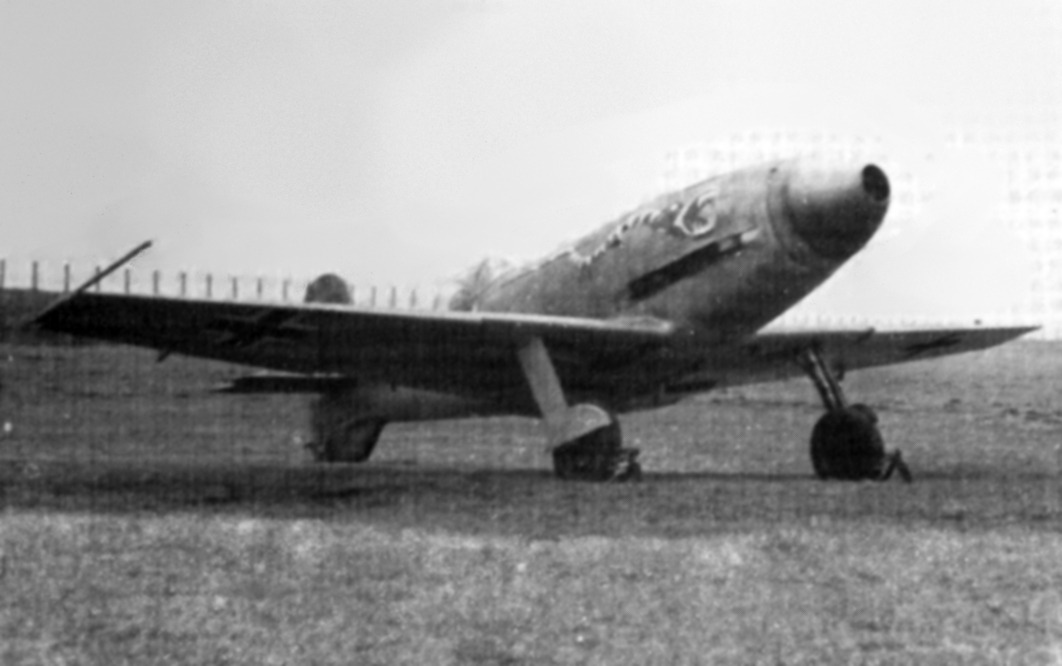Fitted with small wing structures and a fuselage just big enough to house the powerful Daimler Benz-601 ARJ engine, the Messerschmitt 209 was a pure speed machine. From its conception back in 1935, the 209 was design mainly for one thing: speed. Designed as a replacement for the venereal Bf-109, the 209 was an advance, concept aircraft that would set a world’s speed record that lasted for thirty years.
After more than two years in a developmental stage, the first 209 prototype took to the air in June 1938. Despite the installation of a surface evaporation cooling mechanisms with wing condensers to give it an aerodynamically clean airframe, the 209 proved very difficult to control and felt prone to overheating during its initial test phase.
Despite the concerns, on April 26th, 1939; a modified 209 (V4) fitted with a dedicated engine capable of generating 1550 hp, and up to 2300 hp in one minute intervals with the addition of methanol injections; took to the air in an attempt to establish the coveted speed record. With Luftwaffe captain Frtiz Wendel at the controls, the 209 took to the air in a flawless matter. Twelve minutes later, Wendel ignited the methanol mixture and the 209 “exploded of its block” and for a span of thirty seconds it achieved the 469.22mph mark.
The 209 was nothing more than a flying structure design for only one thing. Its success in achieving that goal did not translate into a production contract and the 209 faded into the graveyard of German wonder machines.
- Type: Single seated, high speed prototype
- Engine: DB 601N liquid cooled piston engine
- Top Speed: 372mph at 19,700′
- Climb Rate: 3,690’per min
- Ceiling: 36,080′
- Weights: 6,160lb
- Wing Span: 32′-11″
- Length: 23′-9″
- Wing Area: 119sq. ft.
- Armament: one 20mm MG-ff/m cannon. Two 7.9mmmachine guns.
